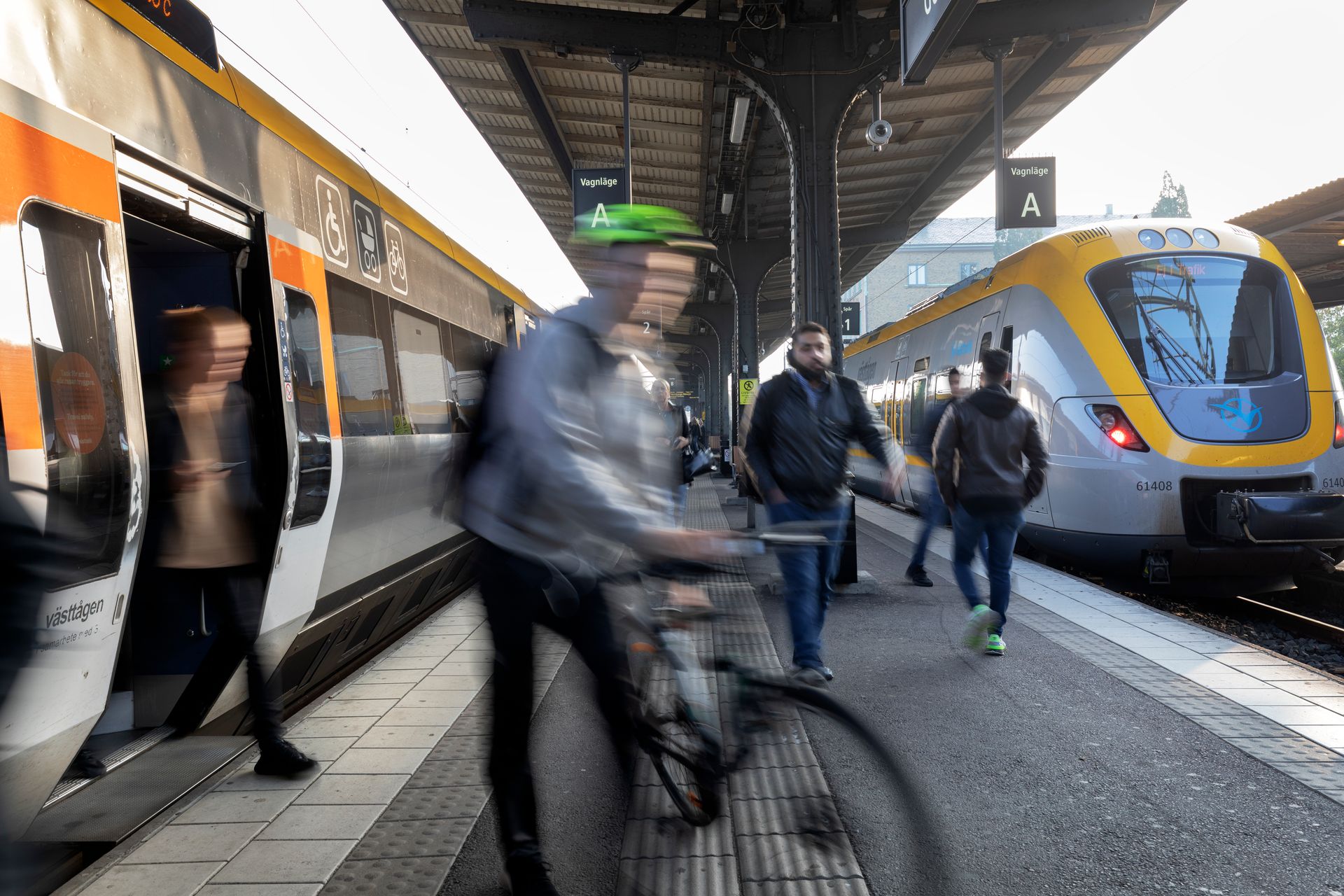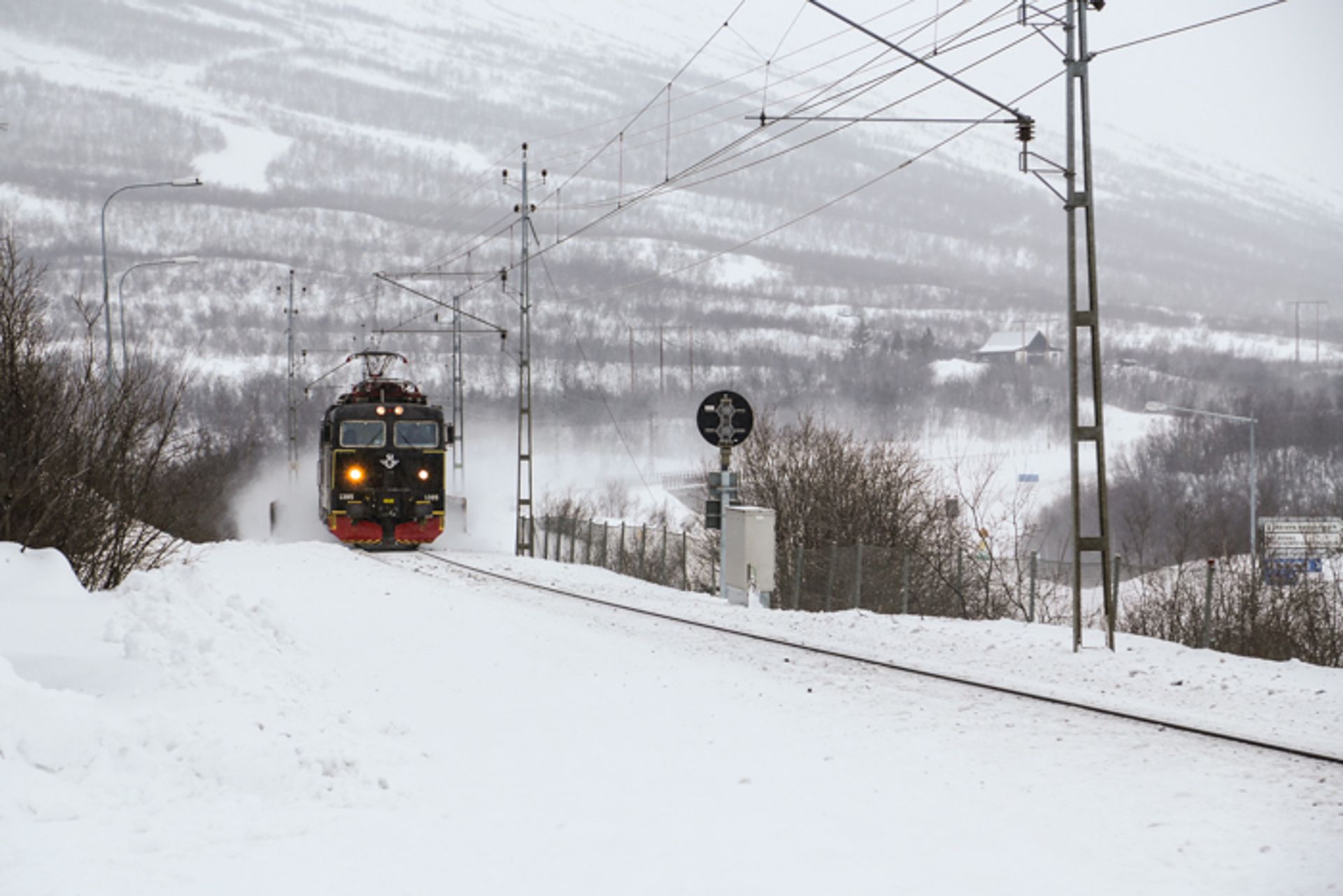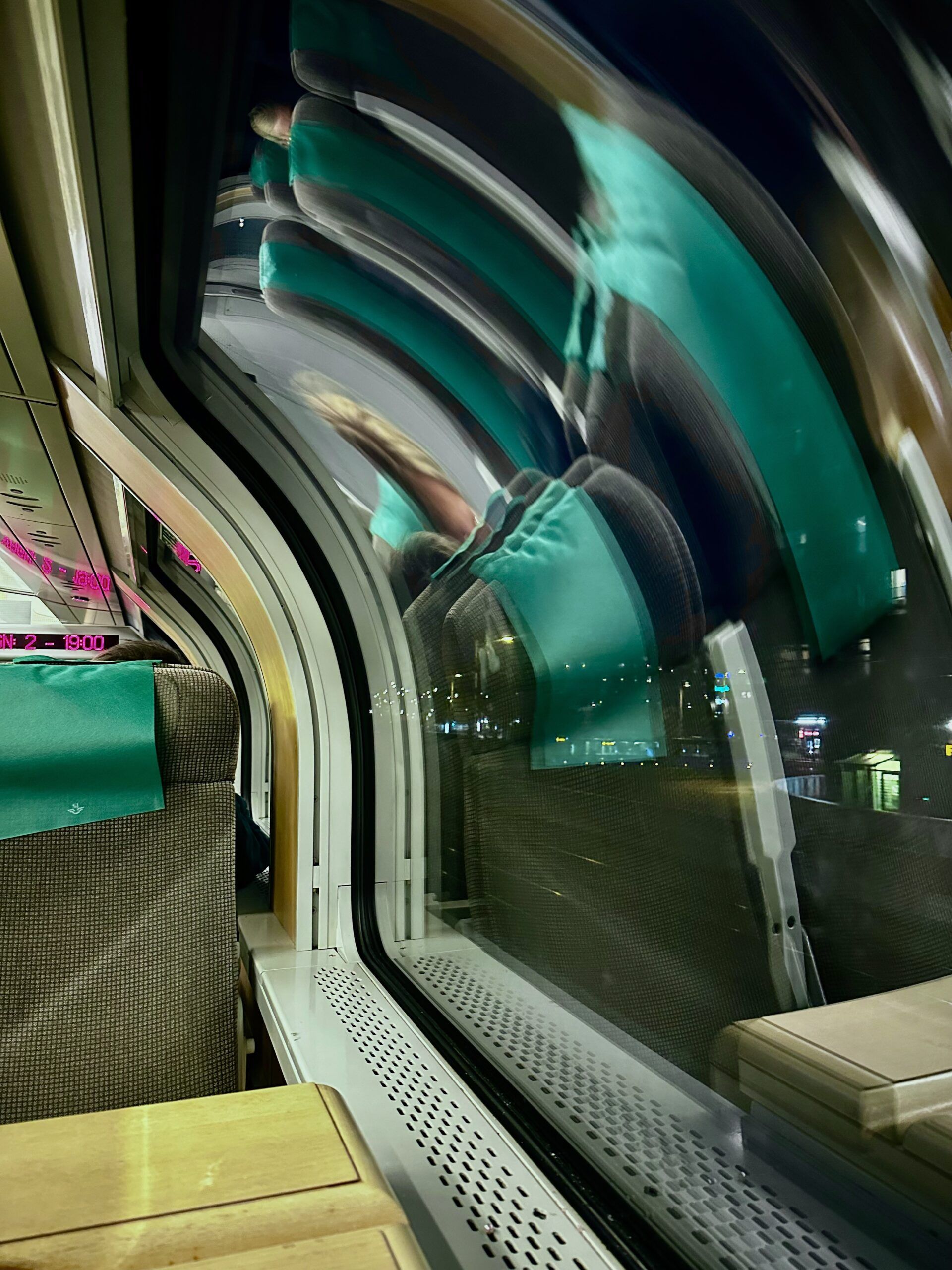
Written by Ravindu
31 Oct 2025
Swedes might be world champions at queueing (you sometimes even have to queue to get a number for a queue over here), but waiting for delayed trains? That’s another story. And it’s a story I’ve had to face far too many times, even though I’ve lived here for just over a year. When we think of Sweden, we often imagine punctuality, efficiency, and a well-ordered lifestyle. However, as a student living here, I’ve learned that even in this Nordic nation, train delays are an unavoidable reality.
Comparing With My Home Country
The thing is, I was already used to delayed public transport coming from Sri Lanka. Over there, trains are almost always late by 10–20 minutes, sometimes even longer if it’s a long-distance one. So whenever I took the train, I’d always expect the delay and plan my travels accordingly. It was simply a part of everyday life. And I feel like a lot of students coming from that region of the world can relate. It’s frustrating, of course, and honestly something I was happy to bid farewell to when I planned my move to Sweden.
Sweden’s image in the world is quite the opposite. Sure, nothing beats Swiss train schedules, but Sweden is usually considered a close contender. So when I moved here, I was expecting smooth, perfectly timed transport.
And for the most part, that picture holds true. Yes, trains are expensive, definitely much more than what I used to pay back in Sri Lanka, but they’re also reliable, comfortable, and arguably the best way to travel across the country. However, I’ve also had experiences that were… less than ideal, shall I say. Some even came with rather great consequences. And they’ve happened often enough that I can’t simply call them coincidences: which is why I felt it’s important to talk about them.
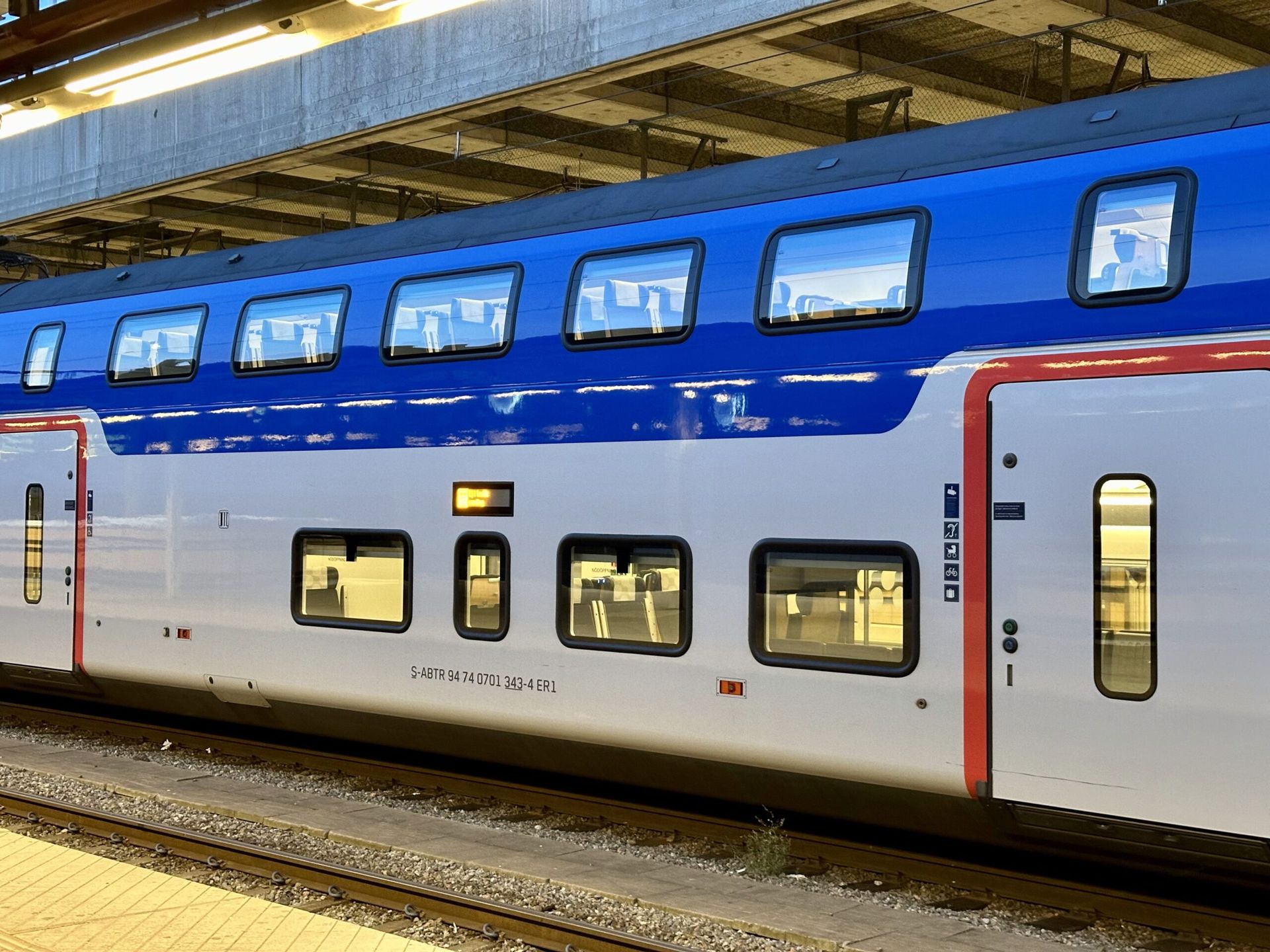
Minor Delays
Swedish trains are usually pretty punctual. If your ticket says that you have a 14:00 train, that doesn’t mean you should arrive at 14:00. It means the train will actually leave the station at that exact time. So you have to be there a few minutes earlier, usually around three to four minutes before departure, to make sure you can get on. Because here’s the thing: Swedish trains don’t wait for anyone. They leave exactly when they say they will.
That might sound obvious if you’re from a European country or somewhere with a similar system, but for me, it was surprisingly new. Back in Sri Lanka, if you show up a few minutes late, there’s a good chance the train hasn’t even arrived yet! So this level of precision was something I had to get used to.
Most of the time, trains in Sweden are perfectly on schedule. When they’re not, the delays are usually small — five to ten minutes at most. And what I find genuinely impressive is how transparent they are about it. Even if a train is delayed by just one or two minutes, it immediately shows up on the departure board with the new time. I really appreciate that. It shows how seriously Swedes take punctuality, even in the smallest details.
At first, I found it funny. I thought, “why bother updating it for just a couple of minutes?” But as I’ve settled in and grown more accustomed to Swedish culture, I’ve noticed something amusing within myself: I now get slightly frustrated when I see even a 3-minute delay. I guess that’s one of those funny-little signs that I’ve adapted to the culture here. Still, these small delays are fine; they’re predictable, manageable, and, honestly, just part of the Swedish experience.

Delays In The Winter Months
If there’s one season when Swedish trains truly test your patience, it’s winter. Delays become much more common once the snow starts falling, especially the farther north you go.
Last year, one of the ambassadors, Azhiemi, who I interviewed for a blog post, mentioned how during the snowy months in Umeå, transport delays were simply part of life. I’ve also heard the same from my friend Shakya, who commute daily, some traveling over an hour and a half each way. One of my friends, who travels from Gothenburg to Skövde for classes, put it quite frankly: “The trains are delayed almost every day, at least by a minute. They never come on time. Sometimes it even shows that the train will arrive at a particular time, but it doesn’t—and the delay isn’t updated on the screen either.”
From my own experience last year, I noticed the same pattern. What surprises me is that a country so used to long winters and heavy snow still struggles with this every year. You’d think by now the system would prevent these recurring disruptions. And it’s not just winter—my friend also pointed out that autumn track maintenance often makes things worse. Sometimes you travel half the journey by train and the other half by replacement bus.
The real trouble begins when “minor technical issues” turn into major travel disruptions. I’ve had my fair share of those during the last year living here, and they’ve come with consequences that aren’t easy to laugh off.

But Then There Are the Big Ones…
One of the worst experiences happened on my trip from Stockholm to Skövde on a Sunday this October. The train was supposed to leave at 16:00 and arrive by 18:20, the usual routine I’ve grown so accustomed to. However, I didn’t reach my destination until 22:30!
The train left on time, but instead of the normal route, it had to take a much longer detour due to a problem with the usual tracks, passing through cities I hadn’t even heard of. By the time we approached the general area near Skövde, I had to get off, switch to another train, and then take a different connection from Falköping to Skövde.
Interestingly, friends of mine took the same route that day on a later train heading to Gothenburg. Their train also faced delays, but they arrived in Gothenburg around 20:00 — several hours earlier than I reached my destination. I felt frustrated realizing that I had taken an earlier train, covering a shorter distance, yet arrived three hours later. That unpredictability was hard to swallow.
What was meant to be a relaxing ride turned into a four-hour delay and an exhausting night. I ended up skipping my Monday lecture because I could barely keep my eyes open.
Even so, the staff handled the situation very well. They kept information updated on the notice boards, and several train attendants personally came to explain what was happening. They guided me step by step, told me which trains to take next, provided the departure times, and made sure everything was clear. I didn’t even have to buy a new ticket. While the delay frustrated me, the support from the staff made the experience manageable.
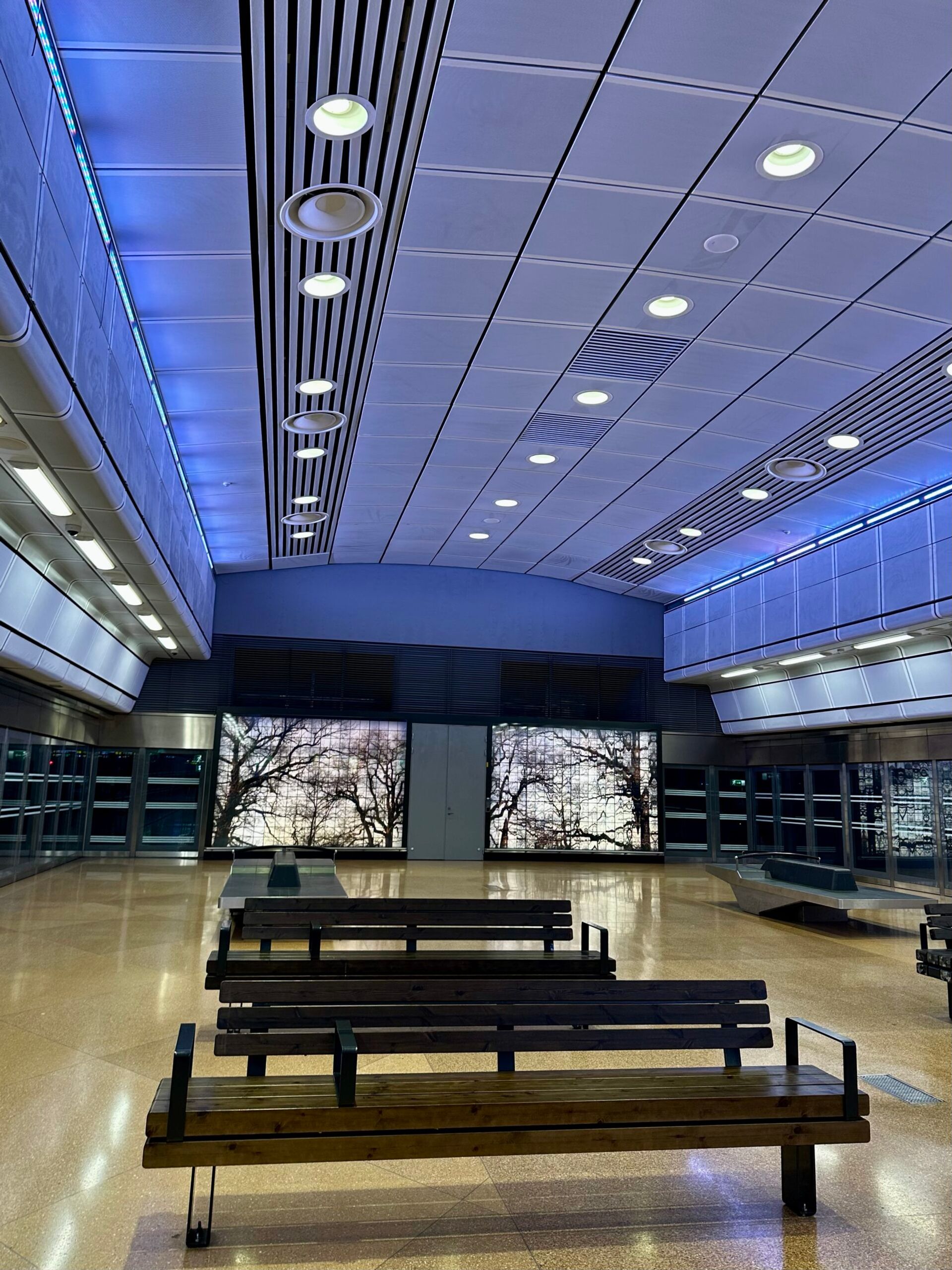
When A Delay Means Missing An International Connection!
Another stressful experience happened on my trip from Skövde to Gothenburg, where I had a carefully planned connection to a bus heading to Copenhagen. I had built in a comfortable hour and a half buffer, just in case of delays, so I felt prepared
However, the train once again took a different route, this time going north along the coast to Gothenburg. Although the new route should still have allowed me to make my connection, the train stopped twice along the way due to engine overheating issues. While the staff were friendly and helpful throughout, it was stressful sitting on the train, constantly checking the app, and seeing my bus leave as I was stuck on my way, without anything to do.
When I finally reached Gothenburg, I was advised to visit the staff counter to ask about a refund. They explained I would have to handle it online and also guided me toward alternative ways to reach Copenhagen. I ended up taking a last-minute train, which was significantly more expensive than my original plan.
I had hoped for a refund to cover at least one of the affected tickets: the Skövde to Gothenburg train, the missed bus, or even the extra train I had to book. Unfortunately, the refund was minimal and didn’t come close to covering any of my additional costs. It felt very unfair, considering the disruption was entirely due to technical issues on their part. I had to spend much more than planned, turning what should have been a simple international connection into a stressful and expensive ordeal.
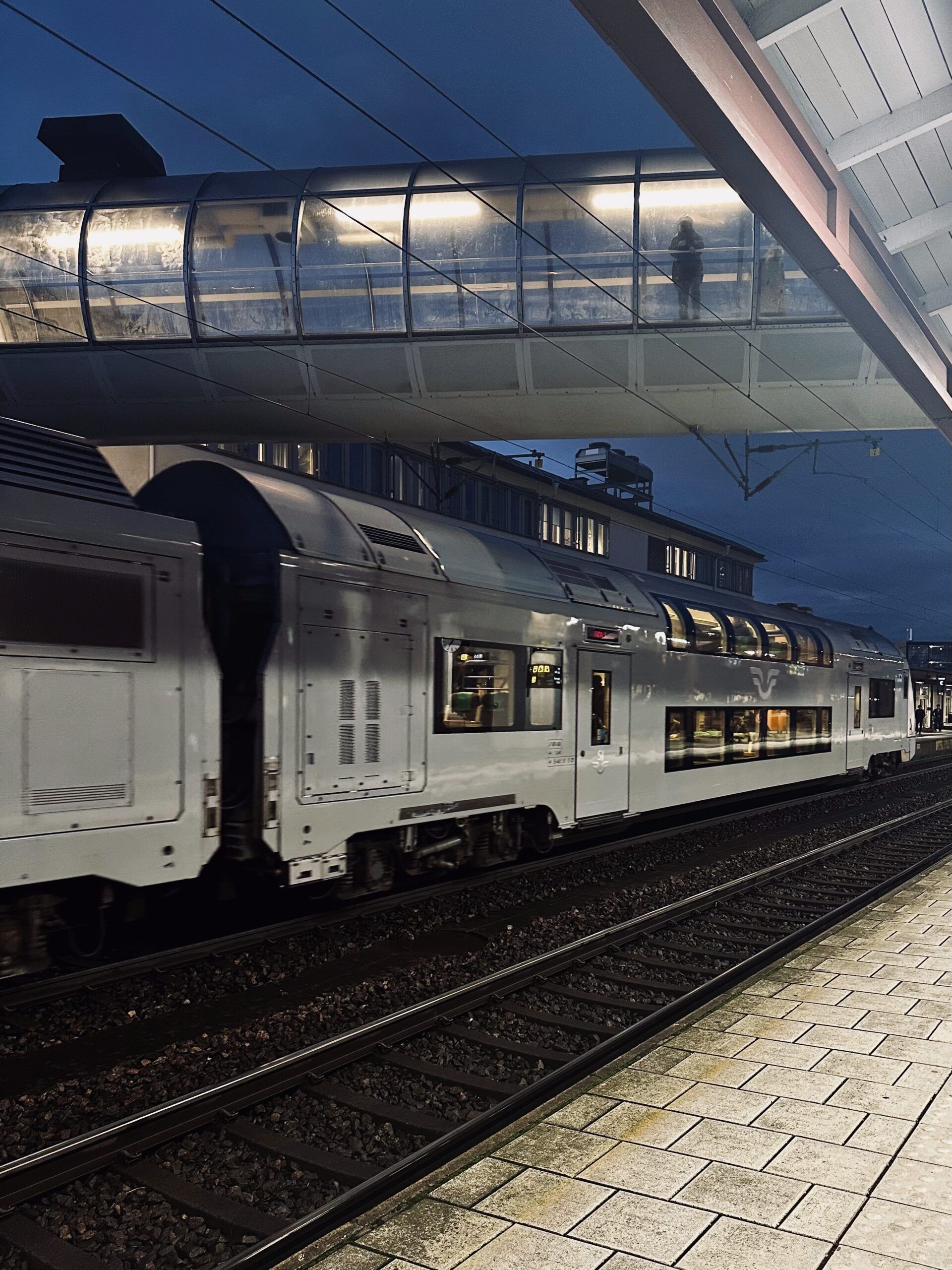
Why I’m Sharing This
I’m sharing these experiences not to complain, but to give a realistic picture of what life as a student traveling across Sweden can sometimes look like. Train delays still happen, even in a country famous for punctuality, and I want to highlight that — while also showing how incredibly helpful the staff can be when things go wrong. On every occasion I faced a major delay, the staff went above and beyond, personally explaining what to do next, guiding me through connections, and making sure I didn’t need to buy additional tickets unnecessarily. That level of support makes a huge difference.
I think this is important for students to know for a simple reason: always prepare for delays, even if you plan ahead. Book trains earlier than you think you need to, give yourself extra buffer time before connections, and stay aware that things can go off schedule — especially during winter months or when traveling long distances. You never know when a delay might creep up, but preparing in advance will save you a lot of stress, and hopefully some lost hours or money too.
In Conclusion…
At the end of the day, delays are just part of the experience of living and studying in Sweden. The system generally works reliably, the trains run comfortably, and the staff support you when problems arise. It’s just that sometimes life throws a curveball, and when it does, you learn to adapt.

